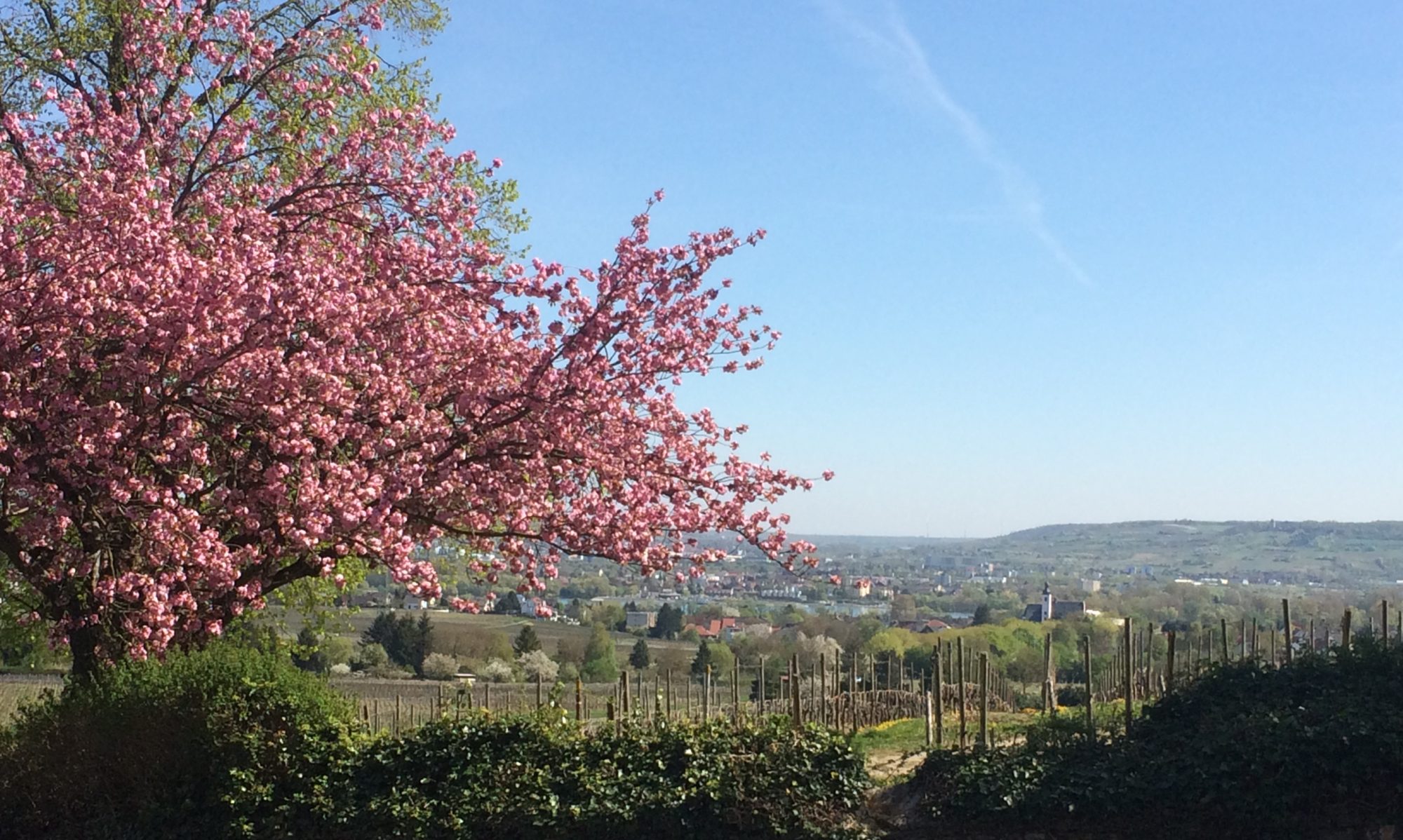Every year at the Continental Congress Units Overseas Luncheon, the DAR Palatinate Chapter sells large quantities of Ritter Sport chocolate, gummy bears and German mustard. But if there were one non-food item that ladies love to buy at our table, it would definitely be German Christmas decorations.
Smokers, nutcrackers, glass ornaments, wooden candle pyramids…
So many of the items Americans associate with Christmas originally come from Germany! Here is the history of just a few of the most popular decorations.
Blown Glass Tree Ornaments
Source: thegermanwayandmore.com.
Perhaps today many blown glass ornaments are made in China, the USA or Mexico, but their origin was in Germany.
In the late 16th century, the small town of Lauscha, in what today is known as Thuringia (Thüringen), gained a reputation for its glass-blowing expertise. The area had actually been producing glass since the 12th century. The conditions were perfect: plenty of water and sand were available. The first documented manufacturers of glass works were Christopher Müller and Hans Greiner. They founded their glass-blowing factory in 1597. Other glassworks soon followed and the town of Lauscha became an important center for producing a variety of household glass products.
In 1847, a descendent of Hans Greiner began producing glass ornaments in the shape of fruits and nuts. The process involved the use of the blown-glass technique and molds. The ornaments were lined with shiny metal so they looked silvery on the outside. In the 1870’s the ornaments began to sell in Britain, after an illustration of Queen Victoria’s Christmas tree was printed in a London newspaper. (Her German husband Albert had brought the Christmas tree tradition to England when he married her.)
F.W. Woolworth discovered the glass ornaments from Lauscha on a visit to Germany in the 1880’s and began importing them to the United States for sale in his Five and Dime stores. They were hugely popular and Woolworth’s made a fortune by bringing them to US consumers. Perhaps you still have a few of these early ornaments at home, passed down from your parents or grandparents!
Today about 20 small glass-blowing firms still exist in Lauscha.

Smokers
Source: christkindle.markt.com
The earliest German smokers date from the late 1600s in the Miriquidi Forest area (today Erzgebirge) of southeastern Germany. They were originally carved out of a single piece of wood from the local forests. But the tradition of German smokers only really took off in the 1800s, when the tin and silver mines were tapped out and families in the area turned to woodworking once again to make a living.
The quality of the products from the Erzgebirge is very high and the popularity of the wooden craftsmanship was already well known internationally by the time of World War II. Families with names like Glasser, Mueller, Steinbach and Dregeno became world famous for their handmade woodcrafts.
In the beginning, when smokers were carved in one piece, the incense was placed next to them to burn. But after incense cones were developed in the late 1700s, German smokers were made from two pieces where the incense was placed inside the figure and the smoke could emerge from its mouth. Most smokers represent the ‘everyday man’ rather than political or religious figures. The most common smoker figures are working men; shepherds, miners, farmers, carpenters, etc. Santa smokers are a relatively recent addition.
Do you have a smoker at home?

Nutcrackers
Source: christmas-treasures.com
According to German folklore, nutcrackers were given as keepsakes to bring good luck and protect the home. They were added to social settings as whimsical conversation pieces for guests as they lingered over their dessert, which included sweetmeats like walnuts and hazelnuts.
Writers and artists celebrated the nutcracker, beginning with the novel ‘The Nutcracker and the King of Mice,’ written sometime between 1776-1782 by E.T. Amadeus Hoffman. The novel became the basis for Tchaikovsky’s famous ballet ‘Nutcracker Suite’, which debuted in St. Petersburg in 1892 and remains a holiday tradition around the world today.
Though nutcrackers have been around for many years, they only became popular in the United States about 70 years ago. The practice of collecting nutcrackers began in the early 1950s, when US GI’s who were stationed in Germany began to visit the Christmas markets and were exposed to the wide variety of nutcrackers for sale there. The popularity of ‘Nutcracker Suite’ greatly added to the interest in nutcrackers throughout America.
While early nutcrackers depicted images of kings, military officers and upper class people, eventually the range of depicted figures expanded to include working class figures and figures out of German folklore.The marketing strategy of creating limited edition nutcrackers sealed their fate as sought-after collector items.
According to the firm Steinbach, a leading producer of nutcrackers, the production of one figure can involve up to 130 separate procedures. Curing and drying times can take up to 3-4 years. It is no wonder that they are so treasured and popular at our Units Overseas Luncheon table. They are hand-crafted wooden jewels!

Best wishes for the Holiday Season from the DAR Daughters in the Palatinate Chapter!
